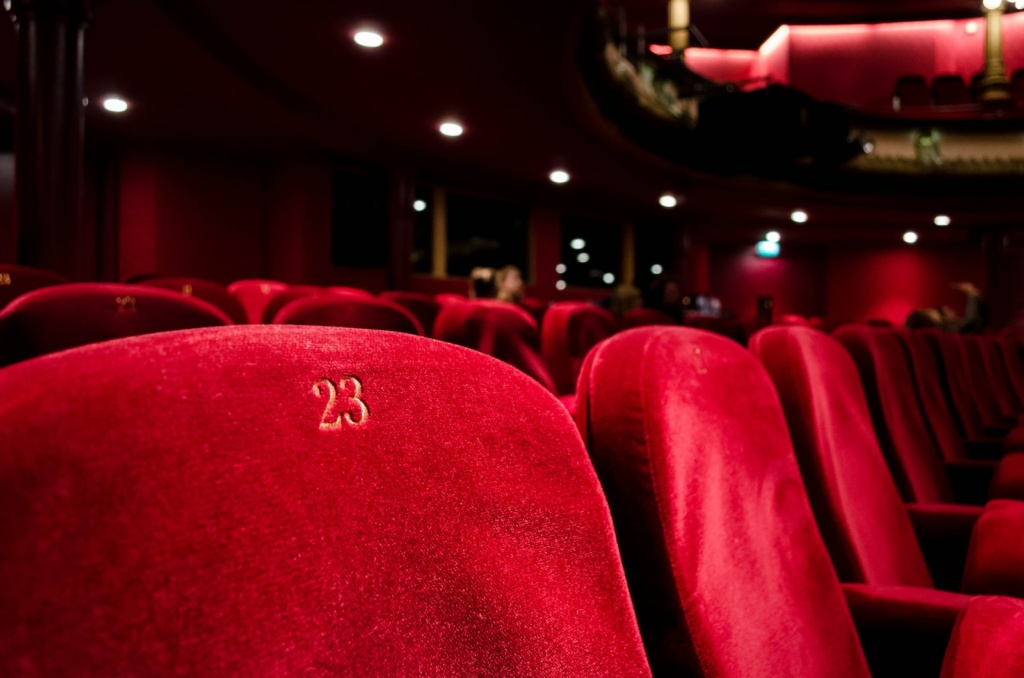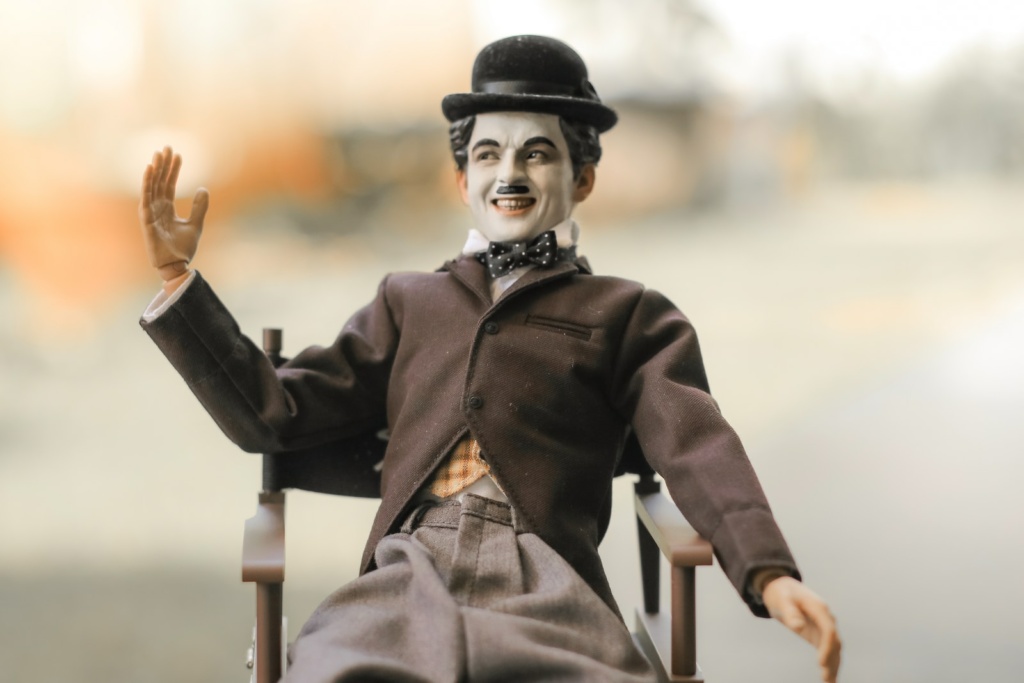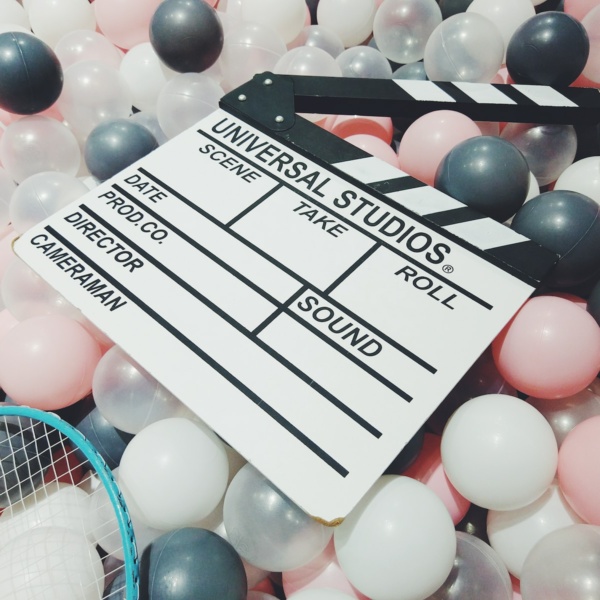
Howdy, film enthusiasts! Emma here, your trusted companion in the realm of cinema for the past four years. Today, let’s embark on a journey back in time to an era when dialogue was sparse but creativity was boundless—the Silent Era of Cinema.
In the early 20th century, before the melodious symphony of spoken words graced the silver screen, films were silent, relying solely on the power of visuals to tell a story. Imagine a world where the absence of spoken words wasn’t a limitation but rather a canvas for groundbreaking innovations and storytelling techniques.
The Birth of Silent Era of Cinema

Our cinematic voyage begins in the late 19th century when pioneers like Thomas Edison and the Lumière brothers introduced the magic of moving images. However, it was in the 1920s that the Silent Era truly blossomed. Silent films became a universal language, captivating audiences worldwide with their emotive storytelling and, of course, the exaggerated expressiveness of the actors.
The Great Train Robbery (1903): A Cinematic Milestone
Before the Silent Era fully took its stride, we witnessed the birth of narrative filmmaking with Edwin S. Porter’s “The Great Train Robbery” in 1903. Clocking in at just twelve minutes, this film marked a significant leap from the one-shot wonders of the past. It featured a narrative structure, employing cross-cutting to build tension and suspense—a technique still used and admired in modern cinema.
Charlie Chaplin: The Tramp Who Conquered Hearts

Ah, the iconic Little Tramp, played by none other than the genius of physical comedy, Charlie Chaplin. This silent maestro not only made us laugh uncontrollably but also brought a touch of humanity to the screen. Chaplin’s “City Lights” (1931) is a masterpiece that seamlessly blends comedy and poignancy, proving that emotions could transcend the absence of words.
Nosferatu (1922): The Birth of Horror on Screen
If you think the Silent Era was all about laughs, think again. F.W. Murnau’s “Nosferatu” (1922) introduced the world to the horror genre, haunting audiences with its eerie atmosphere and the chilling portrayal of Count Orlok. The absence of spoken words added an extra layer of suspense, making every shadow and gesture more menacing.
Innovations in Visual Storytelling

With dialogue out of the picture, filmmakers had to find creative ways to convey emotions and narratives. Enter the language of visuals. Silent films perfected the art of visual storytelling, using expressive acting, innovative camera techniques, and elaborate set designs to immerse audiences in fantastical worlds.
The Cabinet of Dr. Caligari (1920): A Visual Feast of Expressionism
Robert Wiene’s “The Cabinet of Dr. Caligari” (1920) is a testament to the power of visual storytelling. This German Expressionist film not only pushed the boundaries of set design with its twisted, dreamlike landscapes but also showcased the potential of unconventional narrative structures. Its influence can still be seen in the works of directors like Tim Burton and Christopher Nolan.
The Birth of Film Editing

In the Silent Era, editing wasn’t just about putting scenes together; it was a revolutionary tool for storytelling. Sergei Eisenstein’s “Battleship Potemkin” (1925) is a prime example. Through the ingenious use of montage, Eisenstein created emotional and political impact, proving that the combination of images could be as powerful as any spoken word.
The Downfall of Silent Cinema: The Advent of Sound
As the 1920s came to a close, the winds of change began to whisper. The Silent Era was about to meet its match with the advent of synchronized sound. “The Jazz Singer” (1927) is often credited as the film that brought sound to the forefront, forever changing the landscape of cinema. While audiences marveled at the novelty of hearing actors speak, a silent revolution was coming to an end.
A Silent Farewell

As the curtains closed on the Silent Era, it left an indelible mark on the history of cinema. The limitations imposed by the absence of dialogue fueled creativity and innovation, giving birth to storytelling techniques and visual aesthetics that continue to influence filmmakers today.
So, here’s to the pioneers who crafted tales without a spoken word, to the actors whose expressions spoke volumes, and to an era that may be silent but is far from forgotten. The Silent Era of Cinema may have ended, but its legacy resonates in every frame of our cinematic journey.
Until next time, fellow movie buffs, keep those reels rolling and let the magic of cinema continue to unfold before your eyes!


